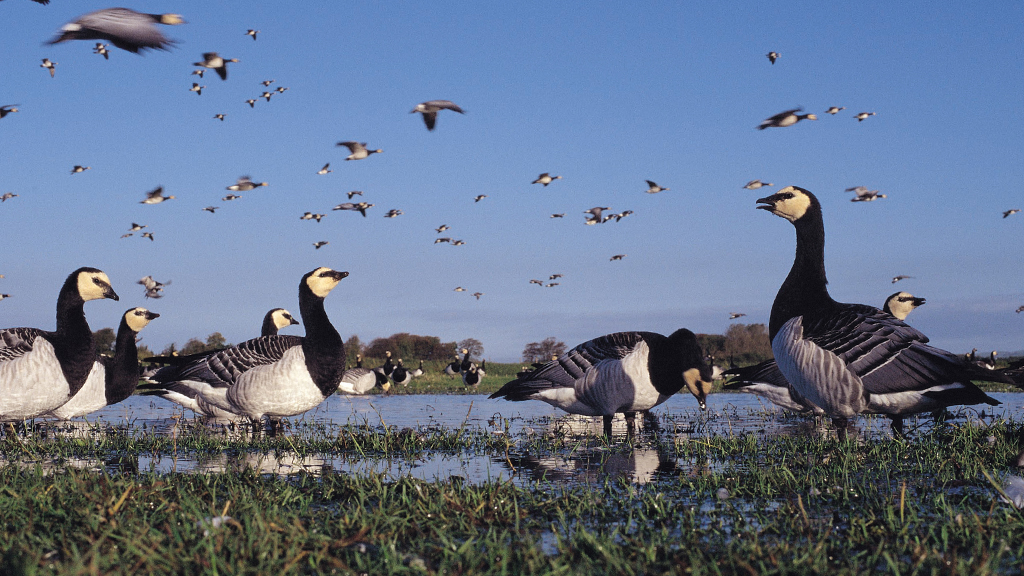Top 10(ish) rare birds at WWT in 2023
It’s been a brilliant year for rare birds on WWT reserves. From black-winged stilts in April, to American golden plover in October, our reserves have played host to a fantastic array of wonderful and unusual birds.
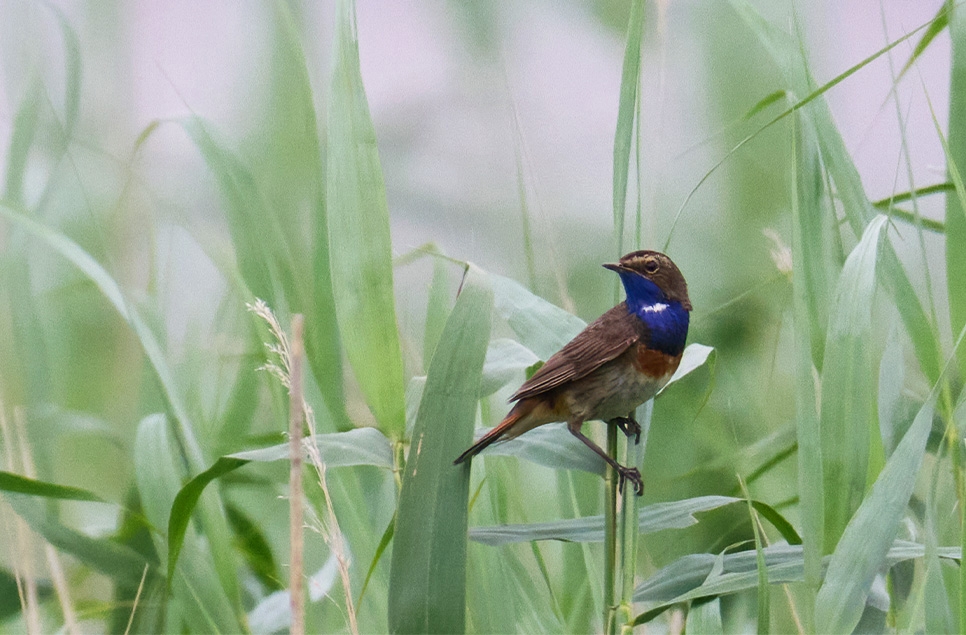
But which have been the stand-out rarities? As a new year begins, we asked one of WWT’s resident birders, Content Creator Sam Walker, to give us his personal favourites.
So if you're new to birding, or thinking of getting back into birdwatching this year, have a look at what you missed last year and start dreaming of what you could find in 2024.
10. Pectoral sandpipers come thick and fast
Kicking off my roundup at number 10 is the pectoral sandpiper. Or rather, plural – WWT sites saw no less than five individuals this year, in both spring and autumn. They are primarily a bird found in the autumn, so to have two WWT records in spring this year is very unusual. I was lucky enough to catch up with one of the autumn birds myself.
Named after a distinct demarcation on the breast, they breed across much of the Arctic tundra, from the Kara Sea in northern Russia east to Hudson Bay in Canada. Their wide range likely accounts for the regularity of records.
WWT Rushy - Pectoral Sandpiper still present, 15:15@slimbridge_wild #GlosBirds pic.twitter.com/Q7goIpCFLY
— Tim Jukes (@TimJukes4) August 13, 2023
9. Barred warbler at Slimbridge - only the 3rd for the county!
For number nine, I’ve chosen the juvenile barred warbler that arrived at Slimbridge in early October. Related to whitethroats, blackcaps and garden warblers, they breed across much of eastern Europe, with the closest populations in Germany and Sweden.
It’s made it into my lineup, as whilst a relatively common migrant along the east coast of the UK, this was only the 3rd ever record for Gloucestershire, the last being seen in 2014. That, and the fact that it’s probably the commonest UK migrant that I’ve not yet managed to see, despite a few autumn weekends spent on the east coast. Sometimes with birding, you just have to accept that you’re in the wrong place at the wrong time.
1cy Barred Warbler showing well at times to a quiet gathering of folks @slimbridge_wild#GlosBirds pic.twitter.com/Pz4Aa7sPFb
— Martin McGill (@MJMcGill_Anser) October 10, 2023
8. Citrine wagtail at London – a first for the reserve
At number eight it’s the male citrine wagtail that spent a June’s day on grazing marsh at London. Akin to a lemon-yellow version of the ubiquitous pied wagtail, they traditionally breed across north east Europe and winter in South East Asia, with both spring and autumn records in western Europe seemingly becoming more numerous.
It’s my number eight for a few reasons. A reserve first is always special, plus this was a stunning adult male and finally, I’ve never seen one!
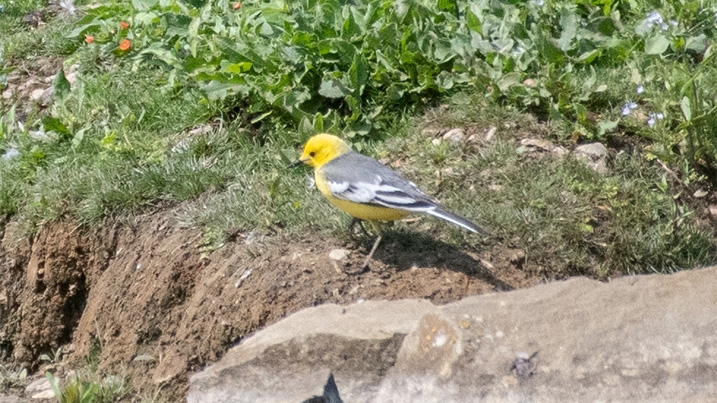
7. Red-necked phalarope at Caerlaverock
It's back to Caerlaverock for my number seven, a juvenile red-necked phalarope in August. It spent two days on the Folly Pond. They’re a UK breeder and aren’t especially tough to catch up with during the autumn months, but this species makes it into the roundup, because it just goes to show how knowing a species’ migration patterns can help your birdwatching. Caerlaverock holds another three records of this species on the exact same pond over the last two decades, showing that it’s well worth looking out for a particular species at the right time of year in the right sort of habitat.
Red-necked phalaropes migrate south to spend the winter at sea on the Arabian Sea and South Pacific Ocean, feeding on insects and detritus at the surface. Their lobed feet make them accomplished swimmers.
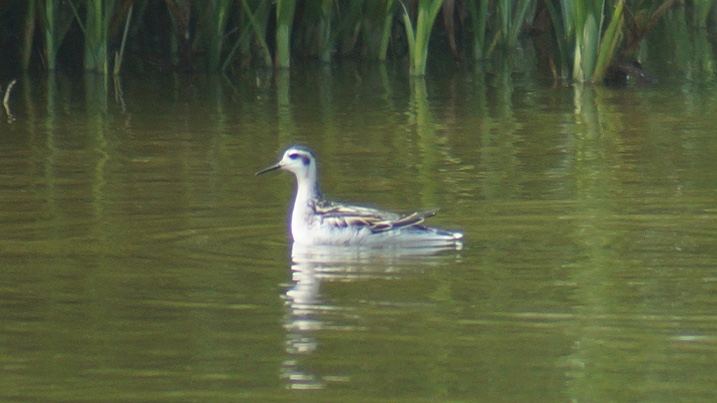
6. Lesser yellowlegs at Welney
Over to Welney for number six, where a lesser yellowlegs dropped in for one day at the end of July. An elegant American wader, looking a little like a dainty redshank, this bird makes it into my roundup, as it was the first autumn record of the year for UK.
We’re half way through now and this is where it starts to get really interesting and unusual.
5. Great reed warbler at Martin Mere – a first for the reserve
In at number five I’m going for the great reed warbler that spent a day in song at Martin Mere. Larger than our reed warbler with a louder, raspier song, they’re widespread breeders across the European continent, with warm spring weather pushing them northwards as they migrate from their sub-Saharan wintering grounds.
Well-deserving a spot in my top 5, this happens to be the rarest species in the roundup. There are only approximately 370 UK records on the books since records began in the mid-1800s, coupled with it being Martin Mere’s first. Records could increase, with a warming climate enabling them to expand their range.
4. American golden plover at Slimbridge – the first in 16 years.
The number four spot goes to Slimbridge’s American golden plover. Re-found multiple times throughout October but always hard to catch up with (read, I failed to see it), this was the first record of the species for Gloucestershire since 2007…also at Slimbridge.
Like many American waders, their core populations spend the winter in southern South America, so it was really unusual to see it so far away on the other side of the Atlantic. They differ from European golden plover by being greyer in colour with a prominent supercilium (white line above the eye) and a smaller body size with pointed rear end.
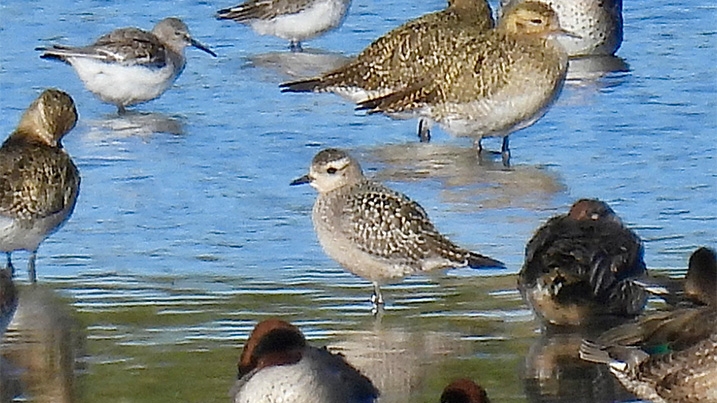
Time for my top three...
3. Black-winged stilts. Lots of them.
In at number three is the collective influx of black-winged stilts that were seen across an unprecedented five WWT sites. This was part of a much larger influx of birds that spent the summer in UK wetlands, where multiple pairs hatched out young. This species traditionally breeds around the Mediterranean, another example of a warming climate extending the range of species.
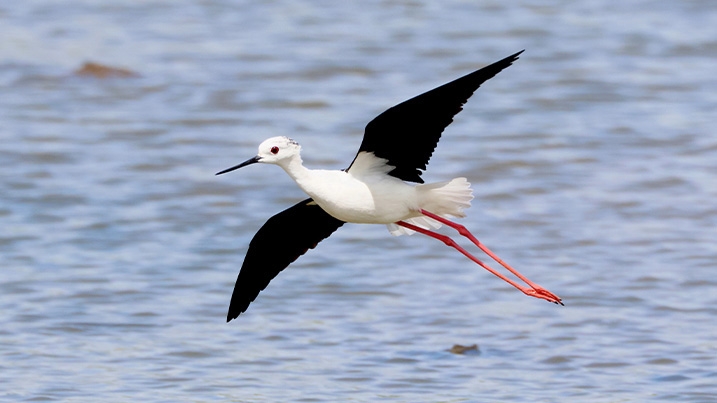
2. White-spotted bluethroat at Slimbridge, but this year you could see it
At number two is the male white-spotted bluethroat that spent its third consecutive summer at Slimbridge. It makes it this far up my countdown because firstly they are a beautiful jewel of a bird and second, it’s been the subject of an ongoing test for many birders willing to travel to see it. For the last two summers, this bird was very elusive and would-be observers had to put in many hours, stood looking at its reedbed territory for a brief view.
This time around, however, it spent extended amounts of time up on perches in full view, occasionally in song, even on fence posts. This is most likely because it had fully matured and feels confident and on top of its game. Sadly , no female was ever seen.
Bluethroat still present at Middle point @slimbridge_wild. Best viewed by standing quietly near the Shepherds’ Hut. #DodgyVid #GlosBirds #BirdsSeenIn2023 pic.twitter.com/Byd7LP5xcO
— Roberta ? ?? (@RobertaBirder) June 22, 2023
1. White-rumped sandpiper. Two of them, at Slimbridge!
In the top spot, I’m choosing the white-rumped sandpiper. Or indeed, both of them...Slimbridge had an adult in early spring (a first for me) and a juvenile in the autumn. In a UK context, it’s much rarer to see a young bird with juvenile plumage than it is to see adults. These were the first records for the site since 2007.
The juvenile in particular takes the top spot for me. It’s amazing to think that only weeks before it was seen at Slimbridge, it would’ve hatched out on the Canadian high Arctic. That means this youngster somehow managed to fly around 2,500 miles, and it could have a similar distance to travel again before it makes it to its wintering grounds.
The juvenile White-rumped Sandpiper is ranging all over the reserve @slimbridge_wild
— Martin McGill (@MJMcGill_Anser) November 9, 2023
It's currently on the South Lake #GlosBirds pic.twitter.com/vGy0luxgRH
Of course, this is just my personal favourite rare birds of 2023. Tell us on socials what your favourite bird of last year was, share your pictures and get ready to do it all again this year!
If this read has whet your appetite for rarities, take a look at the run-down of WWT’s top 20 rarest EVER birds or get down to your nearest centre and find some yourself.
Plan your visitHeader image: The Slimbridge white-spotted bluethroat © Rich Garner



